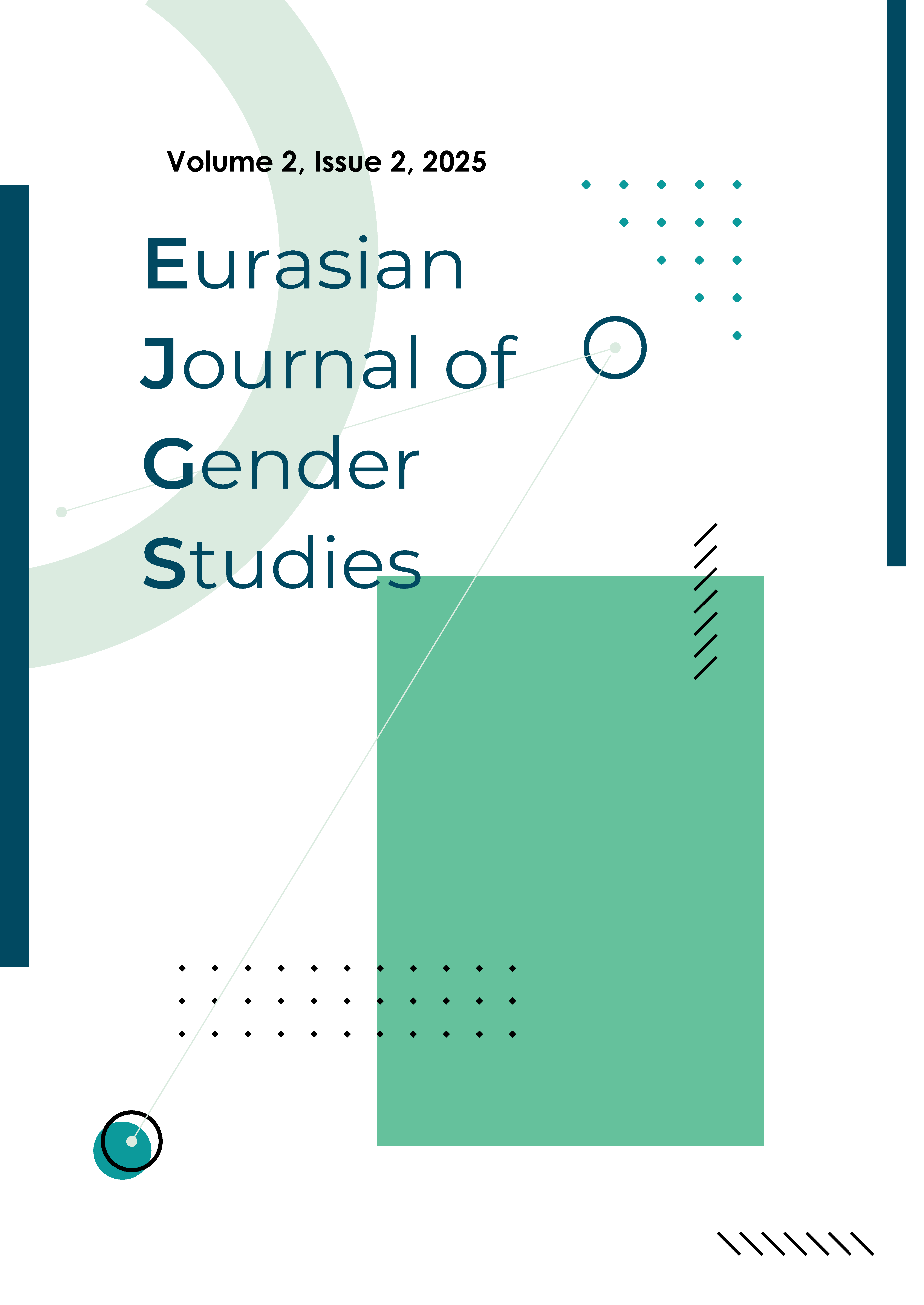Gender Gap in Digital Banking Usage in Emerging Markets: Evidence from Kazakhstan’s Digital Transformation
DOI:
https://doi.org/10.47703/ejgs.v2i2.38Keywords:
Gender, Gender Gap, Finance, Financial Inclusion, Financial Institution, Bank, Banking Sector, KazakhstanAbstract
This study examines the gender gap in the adoption and use of digital banking services in Kazakhstan, an emerging market. While digital transformation has transformed banking services globally, differences in usage patterns between men and women remain understudied in emerging economies. This article explores how different gender groups access and use digital banking tools and the factors that contribute to uneven adoption. This study analyzes and assesses key usage trends, platform availability, and potential institutional or cultural barriers that may hinder female users' full engagement in digital financial products. The findings indicate that while overall digitalization has improved service coverage and operational efficiency, gender gaps persist due to differences in digital literacy, income levels, and trust in online systems. This study offers insights into how banks can develop strategies to bridge the digital gender gap, promoting financial inclusion and equitable access in the rapidly evolving banking ecosystem. The findings have important implications for both financial institutions and policymakers seeking to ensure that digital transformation benefits all user groups equally.
Downloads
Published
How to Cite
Issue
Section
License
Copyright (c) 2025 Eurasian Journal of Gender Studies

This work is licensed under a Creative Commons Attribution 4.0 International License.

